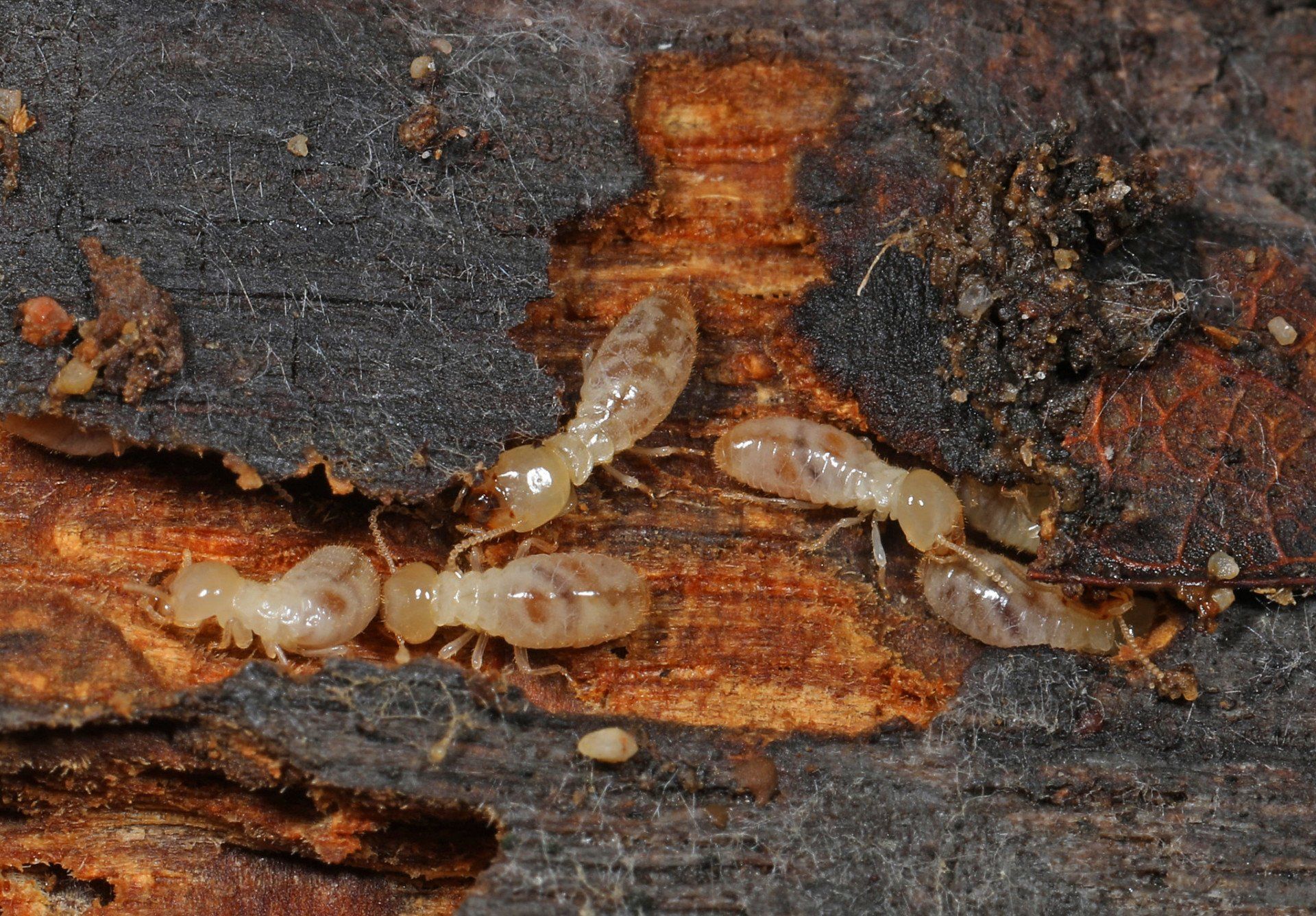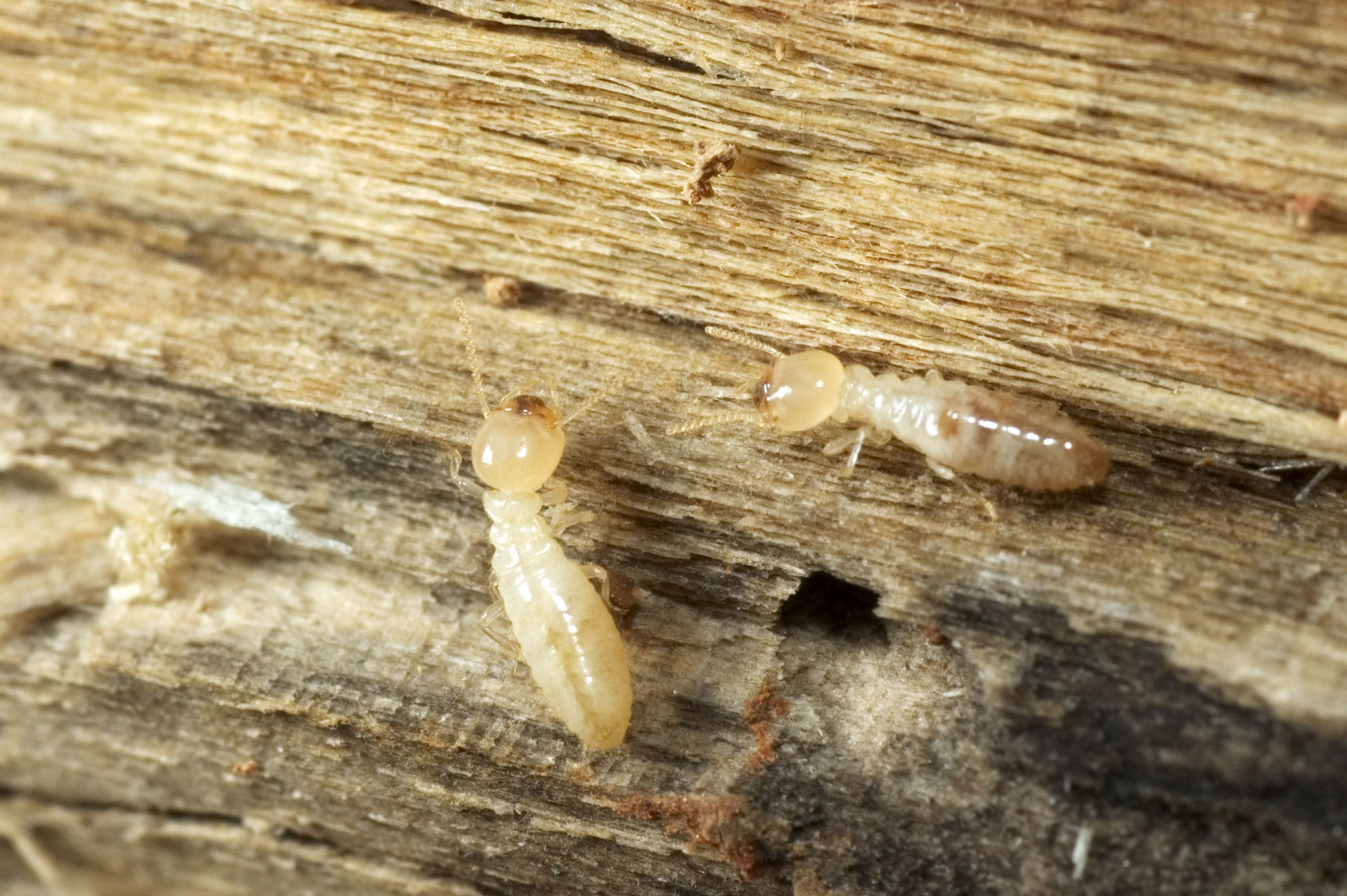They eat homes from the inside out termite

They eat homes from the inside out: Termites

Termites are small, yet mighty creatures that can wreak havoc on homes and other wooden structures. These social insects belong to the order Isoptera and are known for their insatiable appetite for cellulose-based materials, particularly wood. They feed on the inside of buildings, causing damage that is often hidden until it becomes severe.
A silent threat lurking within
Termites may be tiny, but they are incredibly efficient and organized when it comes to devouring your home from the inside out. They work silently and diligently, causing significant structural damage without showing any telltale signs on the surface. By the time their presence becomes noticeable, extensive damage has often already occurred.
They infest homes by building extensive networks of tunnels and mud tubes. These tubes provide them with protection from predators and maintain a suitable environment with optimal humidity levels. Their colonies can consist of hundreds of thousands to millions of termites, making it even more challenging to eradicate them once an infestation is discovered.
The voracious appetite of termites
Termites are primarily attracted to the cellulose found in wood, which makes up a significant portion of the structural components of our homes. They can also consume other cellulose-based materials like paper, cardboard, and even fabric. No matter the type of wood, termites will have no trouble devouring it.
Their feeding habits are directly responsible for the hidden destruction they cause. Termites typically eat wood from the inside out, leaving only a thin layer of paint or drywall intact. This means that even though the surface may appear undamaged, the internal structure of your home could be compromised. Over time, this can weaken the integrity of the whole building and pose a serious safety risk.
The signs of a termite infestation
Detecting a termite infestation early on is crucial in preventing further damage. While they may remain hidden, there are a few signs that can indicate their presence:
Mud tubes: These pencil-sized tubes are constructed by termites to travel between their underground colonies and the wooden structures they feed on. If you notice these tubes on your walls or foundation, it’s a clear sign of a termite infestation.
Wood damage: Check for hollowed-out or damaged wooden structures, such as beams, floors, or furniture. Termites leave behind long grooves and tunnels in the wood as they consume it.
Discarded wings: After swarming, termites shed their wings. If you find discarded wings near windowsills or doors, it could indicate a nearby termite colony.
Sagging or buckling floors: As termites feed on the inside of wooden flooring, it can cause the floor to sag or buckle, leading to potential safety hazards.
If you spot any of these signs, it’s important to seek professional assistance from a pest control expert who can assess the extent of the infestation and recommend appropriate treatment options.

Protecting your home from termite damage
Preventing termite infestations and minimizing the risk of damage is a top priority for homeowners. Here are some steps you can take to protect your home:
Regular inspections: Conduct routine inspections for signs of termites or termite damage. Early detection can help prevent severe damage and costly repairs.
Reduce moisture: Termites thrive in moist environments, so it’s essential to fix any leaks or moisture problems in your home. Proper ventilation in attics and crawl spaces can also help deter termites.
Remove wood and debris: Keep firewood, fallen trees, and other wood debris away from your home’s foundation. This eliminates potential nesting sites that attract termites.
Use termite-resistant materials: When constructing or renovating your home, consider using building materials that are less appealing to termites, such as treated woods or concrete.
Professional termite treatments: Engage the services of a professional pest control company for regular termite inspections and treatments. They have the expertise and effective methods to eliminate termites and prevent future infestations.
By being proactive and taking preventive measures, you can safeguard your home from the destructive appetite of termites. Remember, the key is early detection and immediate action to minimize any potential damage caused by these silent invaders.
Tags
Share
Related Posts
Quick Links
Legal Stuff

